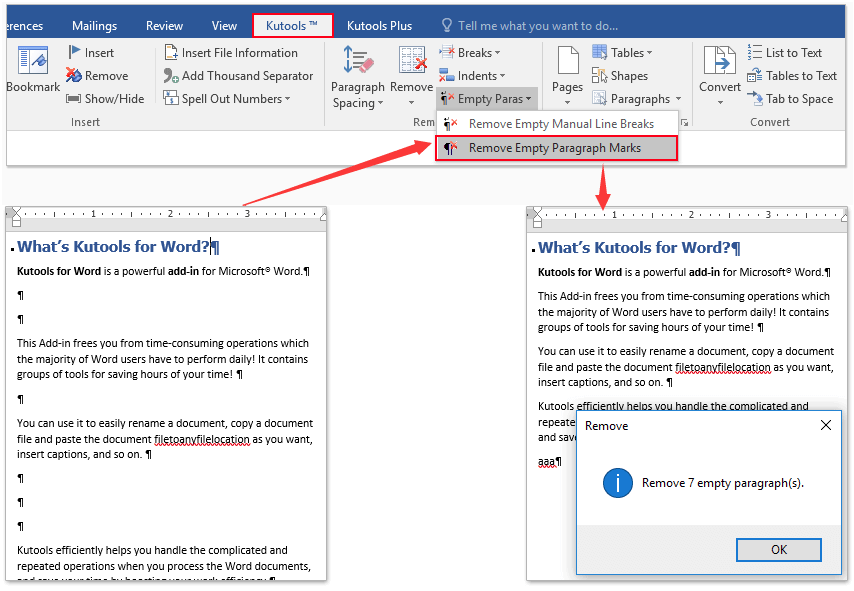Enter a name for the new style ( Figure C ). Click OK. Figure C Create a custom style. 4. Use styles in other documents You wont have to modify an existing style or create a custom style if it already exists in another document.

The truth is, if youre using Word for anything, youre implementing styles, whether you realize it or not.
Once you master styles, youll love them (or not, but youll definitely take advantage of them) In this article, Ill show you five easy ways to control styles, so you can put them to good use.
Styles have always been around, and although you can implement them in older versions, the step-by-step instructions will differ.
You can change styles, but you cant create custom styles in the browser.
Start over Despite the best of intentions, a document can become overwhelmed by direct formatting and modified styles.
This is especially true when a document has gone through several different users, each making the document their own by modifying styles and adding direct formatting.

Its important to understand the differences between the two when removing them.
If the content has an applied style (other than Normal), neither route will remove the style.
If you select an entire paragraph or the entire document, both CtrlSpace and Clear All Formatting will remove all direct formatting and remove all formatting leaving only plain text.
Modify the built-in styles Styles may streamline formatting tasks, but the built-in styles wont always be adequate.
Its easy enough to create a custom style, but that presents a problem--many Word features, such as the table of contents, depend on the built-in styles.
For example, if you assign a custom style to headings, youll have to work extra hard to get Word to recognize those headings when generating a table of content.
First, the long way: Click the Home tab, right-click the style you want to modify in the Style Gallery, and then choose Modify.
For instance, in Figure A, I changed Heading 1s font size (I made it smaller; it was 16).
Youll find more formatting options by clicking the Format button in the bottom-left corner.
After making all the changes you want to the style, click the New documents based on this template option (at the bottom) if you want all new documents to share this modified built-in style.
If, on the other hand, the changes are meant for only the current document, retain the default option of Only in this document.
Click OK. Figure A Change a built-in styles attributes.
Using Undo immediately (or pressing Ctrlz) works when modifying styles.
See Formatting In A Word Document Update Immediately In
In addition, instances of the styled content will update immediately in the current document.
A quicker way to modify a style is to apply the formatting to content in a document.
Then, select the newly formatted content, right-click the (selected) style in the Style Gallery, and choose Update style to Match Selection from the dropdown list, as shown in Figure B.
Figure B Use selected content to modify an existing style.
Create a custom style If Word feature integration isnt a consideration, you can quickly create custom styles from formatted content.
Click the Style Gallerys More button (circled in Figure C ) and choose Create a Style.
Enter a name for the new style ( Figure C ).
Click OK. Figure C Create a custom style.
Use styles in other documents You wont have to modify an existing style or create a custom style if it already exists in another document.